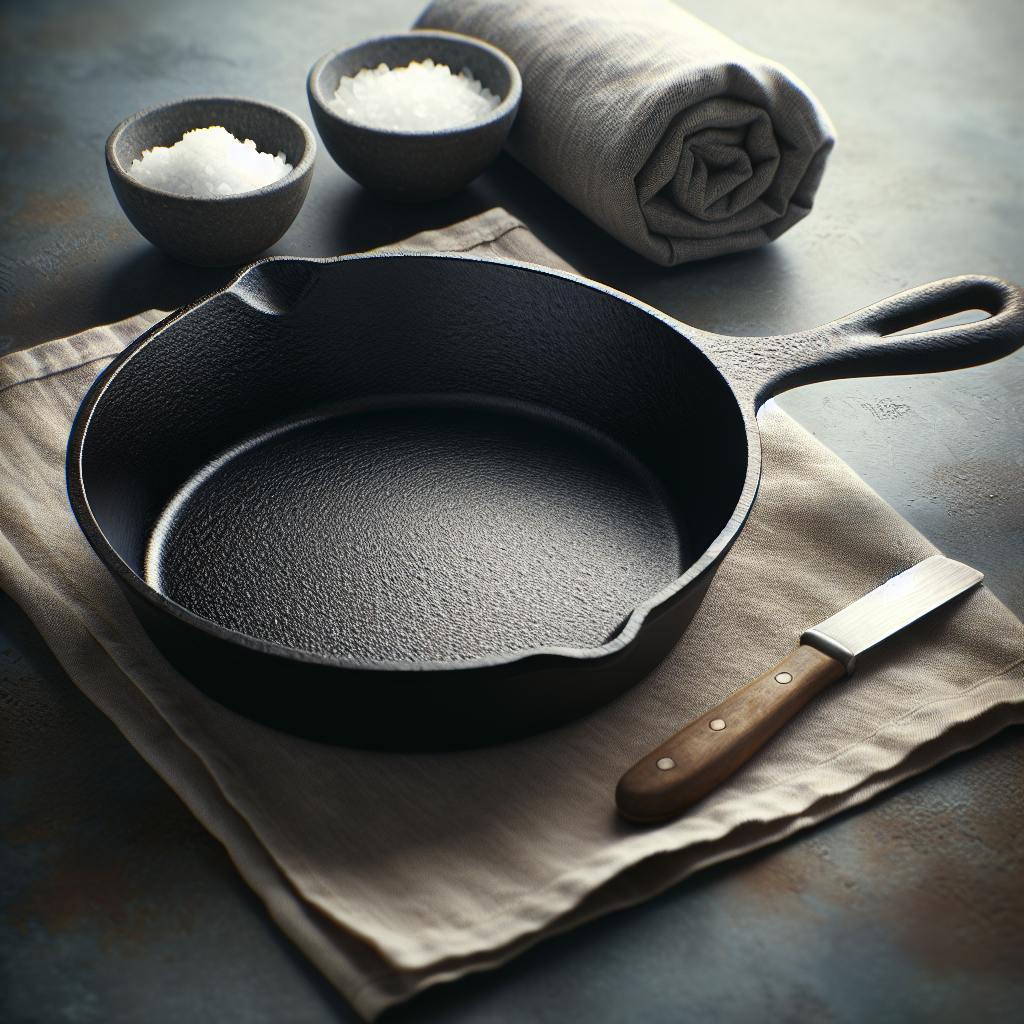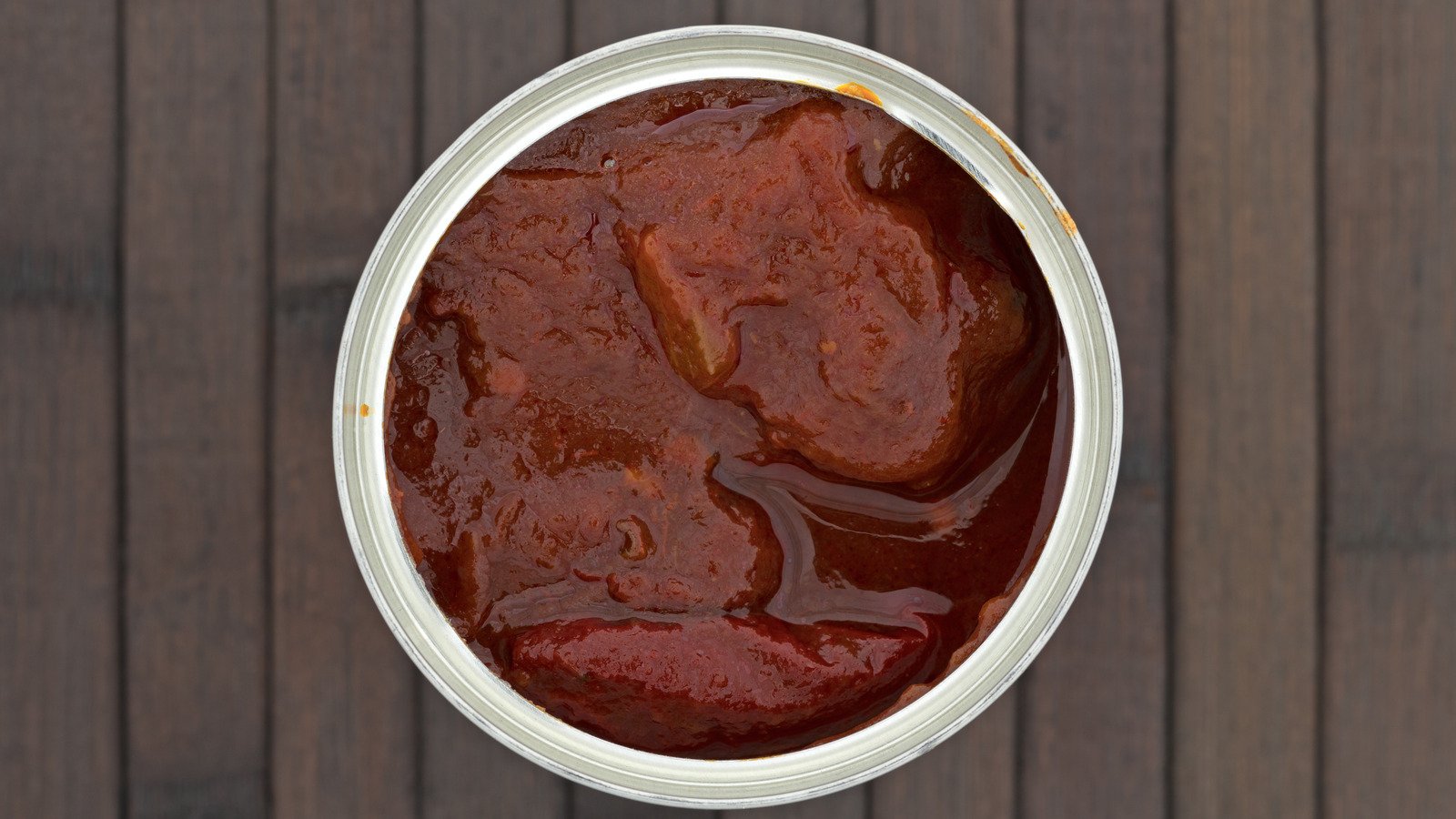Mastering the Art of Cast Iron Skillet Seasoning
Breaking Common Myths: Cleaning Your Cast Iron Skillet
Cast iron skillets have a reputation for durability, but proper care is essential to ensure they last a lifetime. The first step in maintaining your skillet is cleaning. Contrary to popular belief, you can use soap on cast iron. Mild soap won’t harm the seasoning if used sparingly. Opt for a gentle sponge or brush to preserve the skillet’s surface. After washing, dry the skillet thoroughly with a soft towel or a paper towel. This step is crucial in preventing rust and preparing the skillet for seasoning.
Once the skillet is dry, apply a thin layer of food-grade oil. Canola oil is a great option, though many enthusiasts recommend flaxseed oil for its high ALA content, which helps the oil polymerize effectively on the cast iron surface.
Seasoning Your Skillet: Step-by-Step
Preheat your oven to a temperature between 450 and 500 degrees Fahrenheit. Place the cast iron skillet upside down on the middle oven rack. To catch any drips, you can place a baking sheet or aluminum foil on the rack below. Bake the skillet for an hour. This process allows the oil to bond to the cast iron, creating a non-stick surface.
Once the hour is up, turn off the oven and let the skillet cool inside. Cooling it in the oven helps the seasoning bond more effectively.
Maintenance Tips: Keeping Your Skillet in Top Shape
Regular seasoning isn’t required. Season your skillet a few times a year to keep it in prime condition. To prevent rust, avoid soaking the skillet in water, and never use a dishwasher for cleaning. Hand washing with a brush or sponge is the best method. After washing, always dry it thoroughly and apply a thin layer of oil before storing.
Using soft utensils, such as wooden spatulas, while cooking will help preserve the skillet’s surface. Acidic foods like tomatoes can be particularly harsh on the seasoning. If you’re cooking something acidic, try to keep the cooking time under 30 minutes to minimize damage.
Long-term Storage: Protect Your Investment
Proper storage is another key to maintaining your cast iron skillet. Store it in a dry, moisture-free area to prevent rust. Some prefer to place a paper towel between the skillet and the lid or other cookware to absorb any residual moisture.
Conclusion
Caring for a cast iron skillet is not as daunting as it may seem. With the right cleaning, seasoning, and maintenance, your skillet will be a reliable kitchen companion for years to come. By following these steps, you can enjoy the unmatched cooking performance that only a well-seasoned cast iron skillet can offer.









